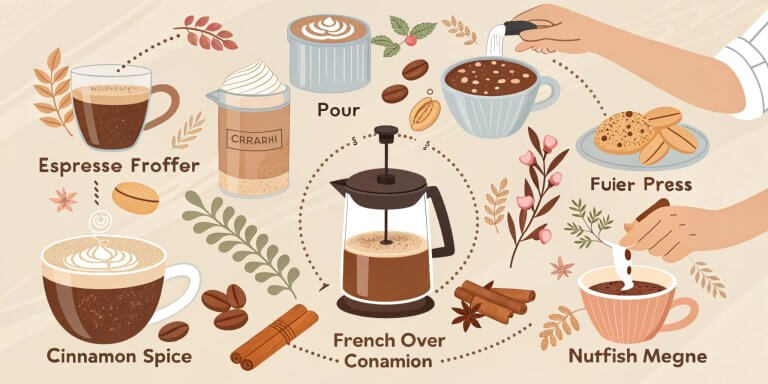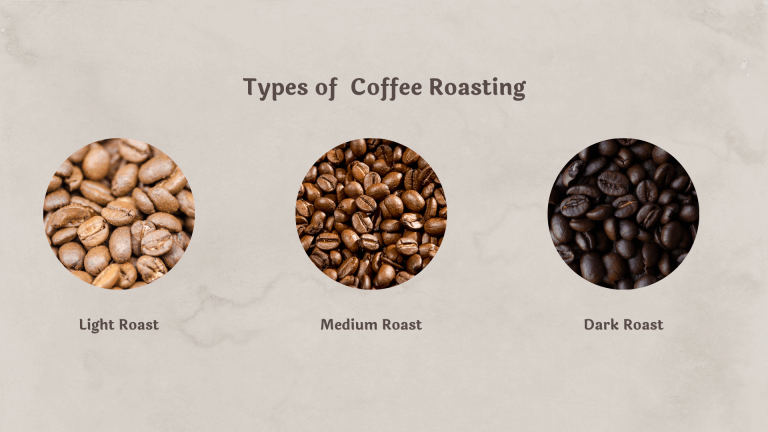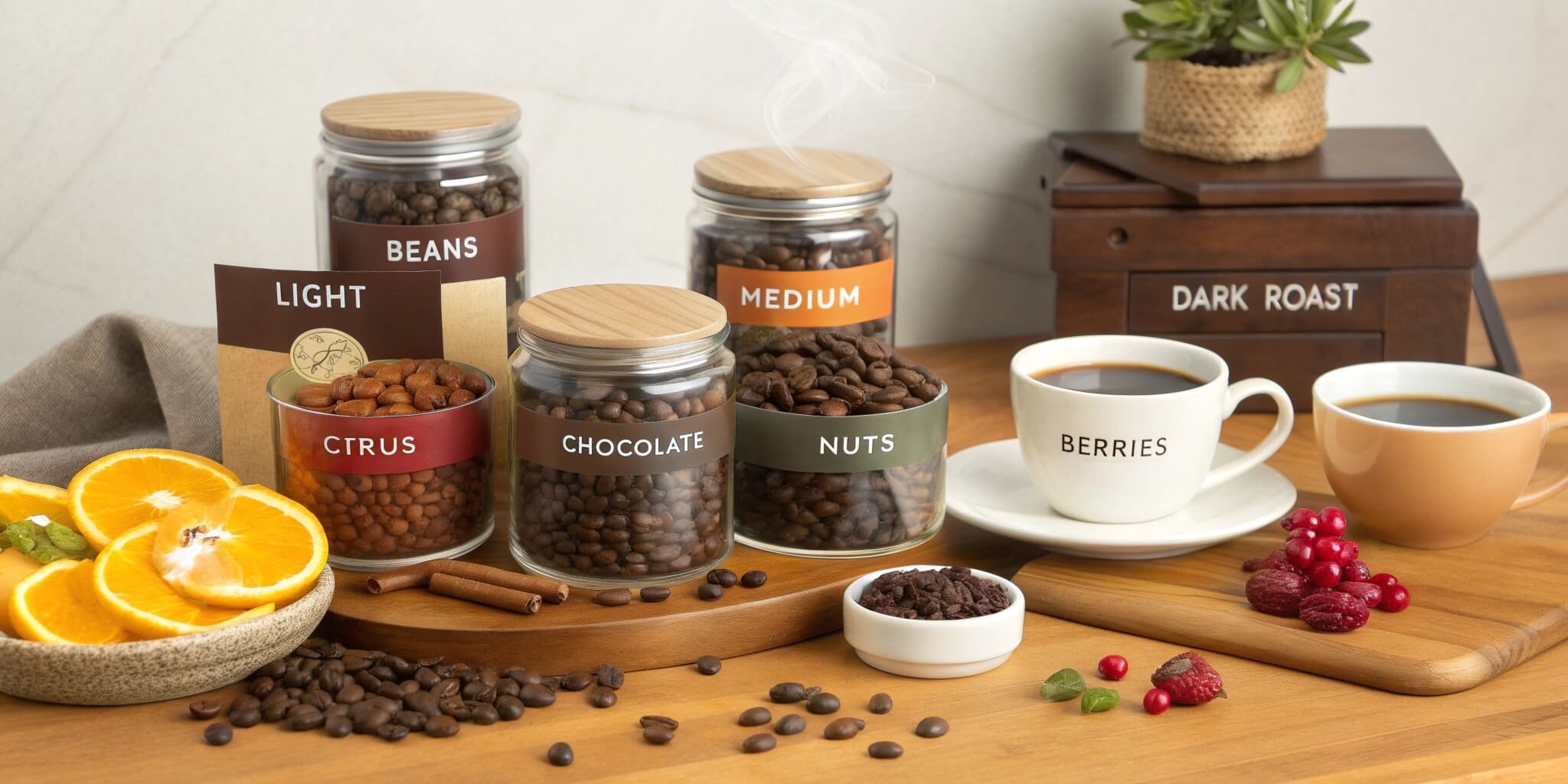
Choosing the perfect coffee beans can be overwhelming for beginners, but it’s also one of the most enjoyable parts of the coffee journey. Every decision, from the type of bean to the roast level, influences your coffee’s flavor, aroma, and experience. This guide breaks down everything you need to know to find beans that match your unique tastes.
Understanding Coffee Bean Varieties: Arabica vs. Robusta
The two main types of coffee beans you’ll encounter are Arabica and Robusta. Arabica beans are the most popular, accounting for 60-70% of global coffee production. They’re known for their smooth, mild flavors, often with fruity or floral notes. Arabica beans are usually preferred for their complex flavors but are typically more expensive due to their sensitivity to climate and growing conditions.
Robusta beans, on the other hand, have a more robust, bolder taste with a slightly bitter edge. They have twice as much caffeine as Arabica beans, which gives them a more intense flavor and a thicker crema when brewed as espresso. Robusta is often used in espresso blends to add body and depth and is also less expensive to produce, making it a popular choice for instant coffee.

The Importance of Roast Levels
The roast level of coffee beans dramatically affects the flavor. There are three primary roast levels: light, medium, and dark.
- Light Roast: Lightly roasted beans maintain more of their original flavors, often with hints of fruit or floral undertones. This roast is ideal for pour-over or drip coffee, highlighting subtle notes that can get lost in darker roasts.
- Medium Roast: These beans balance the beans’ natural flavors and the roasted taste. Medium roasts typically have a rich, slightly sweet taste with hints of caramel or chocolate, making them versatile for different brewing methods.
- Dark Roast: Dark roasted beans are bold and intense, with flavors that lean toward chocolate, spices, or toasted nuts. They’re less acidic than lighter roasts and are excellent for espresso or French press methods, where their robustness shines.
Flavor Profiles and Tasting Notes
Flavor profiles and tasting notes describe the unique flavors present in coffee beans, often influenced by factors like bean variety, origin, and roast. For instance, you might see beans described as “chocolatey,” “citrus,” or “nutty.”
- Citrus and Floral Notes: Often found in lightly roasted Arabica beans from African countries like Ethiopia and Kenya, these flavors are typically bright and acidic.
- Nutty or Chocolatey Notes: Common in Central and South America beans, these flavors can be found in medium to dark roasts and are famous for their smooth, comforting taste.
- Earthy and Spicy Notes: Asian Beans, such as those from Sumatra, are often described as earthy or spicy, with a heavier body and lower acidity.
Tasting notes are a helpful guide, but they aren’t rules—each coffee drinker’s palate is unique, so exploring different flavor profiles is the best way to find what you love.
The Impact of Coffee Origin on Flavor
Where coffee is grown has a significant impact on its flavor. The climate, soil, altitude, and processing methods of each region contribute unique characteristics:
- Africa: Ethiopian and Kenyan coffees are known for their bright, fruity flavors, often with floral undertones. These coffees are best enjoyed as light roasts, which highlight their complex flavors.
- Central America: Countries like Guatemala and Costa Rica produce beans with balanced acidity and flavors that range from chocolatey to nutty. These coffees are versatile, suiting both medium and dark roasts.
- Asia: Indonesian beans, such as those from Sumatra, are often earthy and bold, with low acidity. Their unique flavors make them excellent for dark roasts and full-bodied brews.
Coffee Bean Processing Methods
The way coffee beans are processed after harvest affects their taste. Three standard methods are:
- Washed Process: This method removes the fruit from the bean before drying, resulting in a “clean” flavor profile highlighting the bean’s natural acidity and brightness.
- Natural Process: In this method, beans are dried with the fruit still attached, which enhances their fruity, sometimes wine-like notes. Natural-processed beans are common in Ethiopia.
- Honey Process: A middle ground between washed and natural, honey processing leaves some fruit on the bean, creating a sweet, complex flavor
Ensuring Freshness: How to Keep Beans Flavorful
Freshness is essential for the best coffee experience. Coffee beans start losing flavor about two weeks after roasting, so it’s best to buy in small batches and check the roast date. Whole beans stay fresh longer than pre-ground coffee, so grinding before brewing is ideal.
To keep beans fresh:
- Store them in an airtight container in a cool, dark place.
- Avoid refrigeration, as it can introduce moisture, which degrades the beans faster.
- Use them within a month of roasting for peak flavor.
Matching Beans with Brewing Methods
Sure beans and roasts pair better with specific brewing methods:
- French Press: This method works well with medium to dark roasts with a coarse grind. It brings out the coffee’s bold, full-bodied characteristics.
- Pour-Over: This method is ideal for light to medium roasts with a medium grind. It captures subtle, complex flavors, making it perfect for single-origin beans.
- Espresso: Often uses a blend of medium to dark roasts with a fine grind to achieve a concentrated, rich flavor
Experimenting with different beans and brewing methods can help you discover how various flavors interact, giving you a better understanding of your preferences.
Where to Buy Quality Coffee Beans
Where you buy your coffee can influence its quality and freshness:
- Specialty Roasters: These shops offer high-quality beans with detailed information on origin, roast date, and flavor notes. Specialty roasters often source beans from ethical, sustainable farms.
- Supermarkets: Many grocery stores now carry good coffee, but freshness may be a concern. Look for bags with a roast date and choose whole beans over pre-ground coffee.
- Coffee Subscriptions: Monthly subscription services deliver freshly roasted beans to your door, making it easy to explore different origins and roasts without needing to hunt them down yourself
Conclusion
Choosing the right coffee beans can feel like a journey, but each choice brings you closer to finding your perfect cup. Whether you prefer the floral notes of an Ethiopian light roast or the boldness of a Sumatran dark roast, coffee’s incredible variety means there’s something for every palate. Explore, experiment, and enjoy the process—your ideal cup of coffee is out there, waiting to be discovered.



